The AmaMagna is the largest by far of the European river cruise boats, with a beam of 71 ft (21 m) and a length of 443 ft (135 m). Most other ships are limited to the European river lock maximum dimensions of 38 ft (11.5 m) wide and 410 feet (124 m). At twice the beam of most other vessels, the AmaMagna can operate only on the Danube River, where the locks are much wider. Launched in 2019, the ship was purpose-built for this mission, and has a comfort and ease of space not present in the other ships.
We spent an excellent week on the AmaMagna earlier this year on a Danube River cruise, and the extra beam is apparent throughout the vessel. Rather than simply installing a lot more cabins, Ama devoted much of the additional space to passenger comfort. The cabins are larger than the typical river cruise boats, and the boat has excellent amenities, including four restaurants, five bars, two libraries, a cinema, and a large fitness center.
In comparison, we’d taken a river boat cruise with Ama a few years earlier, on the Rhine River aboard the AmaMora. The AmaMora is on the large size for European river cruise boats at the maximum allowable lock dimensions (38×443 ft or 11.5×135 m) with 70 staterooms. Despite its larger dimensions, the AmaMagna has 98 staterooms, only 30 more than the AmaMora. Our stateroom on the AmaMagna was 710 sq ft (66 sq m), twice the size of a similar category on the AmaMora at 350 sq ft (32 sq m). The smallest stateroom on the AmaMagna is 205 sq ft (19 sq m), comparable to a mid-range stateroom on the AmaMora, whose smallest stateroom is 160 sq ft (15s sq m). The pictures below show our staterooms on the AmaMagna (first five), and the AmaMora (final image).
Nowhere is the additional beam on the AmaMagna more obvious than the sun deck. This is particularly noticeable when the ship is rafted (tied) against a typical much narrower river cruise ship. This practice is common along the European rivers, where the number of ships vastly outnumbers the available dock space and the vessels sometimes raft three-deep. The first picture below shows a standard river cruise boat at left tied against the double-width AmaMagna.
One area where both ships were comparable was their excellent food quality. The AmaMora has only one main restaurant though, and one limited-seating, fixed-menu restaurant, whereas the AmaMagna has four restaurants. We particularly enjoyed taking our meals in the glass-enclosed Al Fresco restaurant at the bow of the AmaMagna. The main restaurant also was quite comfortable. We didn’t try to other two restaurants, the family-style Jimmy’s and the fixed-menu Chef’s Table, as neither dining style appealed to us.
Another impressive feature of the AmaMagna is its modern engine room with detailed telemetry and control systems, similar to what we had on Dirona, but on a much broader scale. The ship is diesel-electric and has elected to go with an unusual power plant configuration with 10 Scania 16-liter V8 engines. Four propel the ship at 690HP each, and 6 operate as 515kw generators. As on Dirona, auto-start runs the generators as needed to meet the power demands of the vessel. For propulsion, the AmaMagna has four electric motors clutched to four mechanically-driven azipods that can operate in four modes: 1) neutral, 2) electric motor-driven, 3) diesel-driven, and 4) both diesel- and electric-driven. And the ship has two electric bow thrusters with horizontal props where water is pulled up and pumped out a rotating side window to direct thrust. All these systems, and many more, are monitored and controlled through an impressive engine management system. We spent ages touring the mechanical spaces and learning about the systems from the chief engineer.
And, of course, we visited the bridge whenever an opportunity arose. The wheelhouse doesn’t extend the full beam of the ship, yet is very spacious and comfortable, with excellent visibility.
For navigating through locks, docking and any other close quarters maneuvering, the AmaMagna has two well-equipped wing stations where the captain navigated the ship through amazingly tight quarters, particularly in the locks.
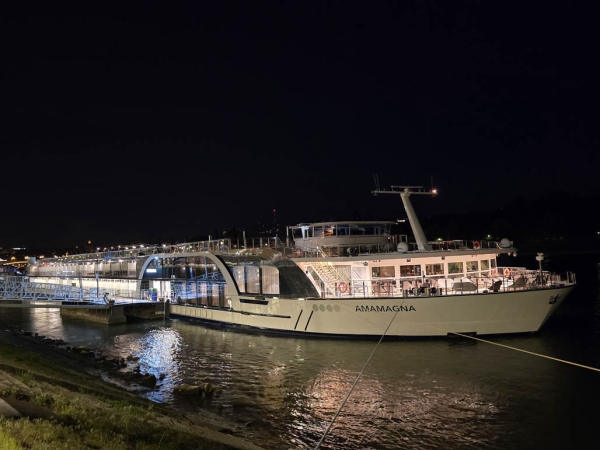
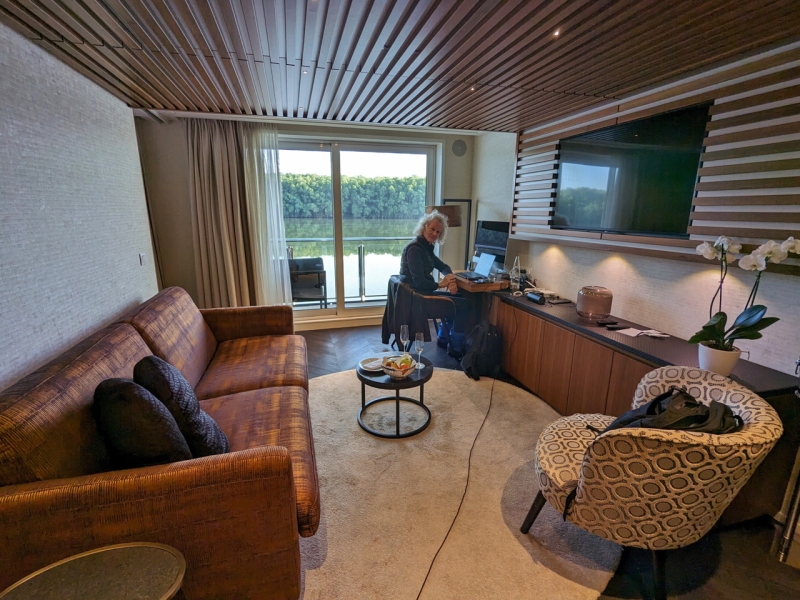
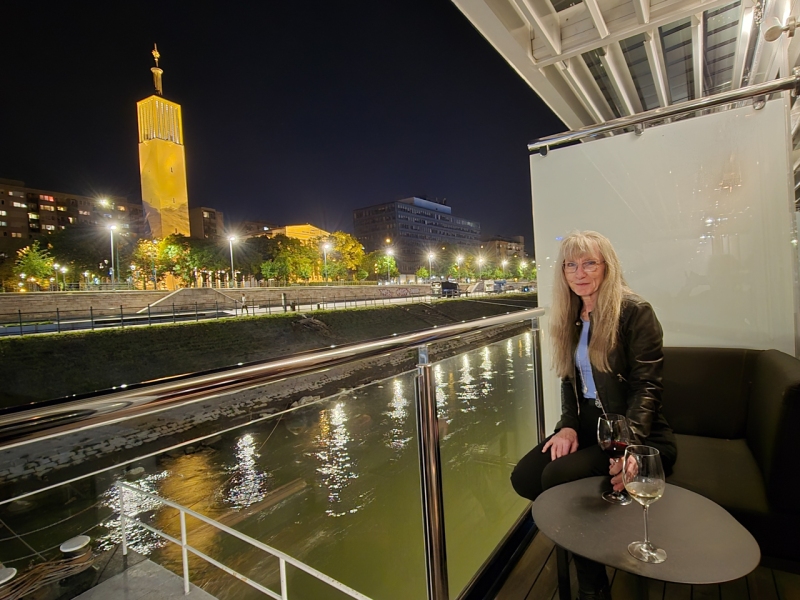
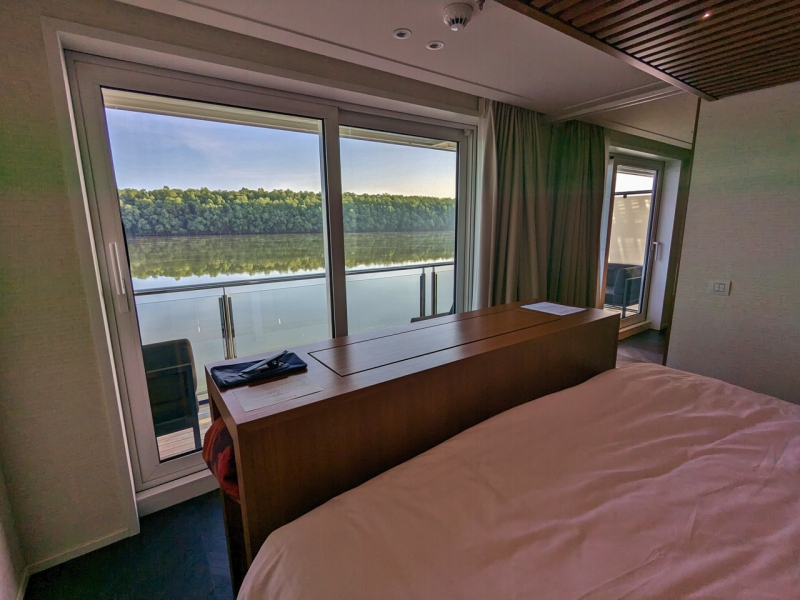
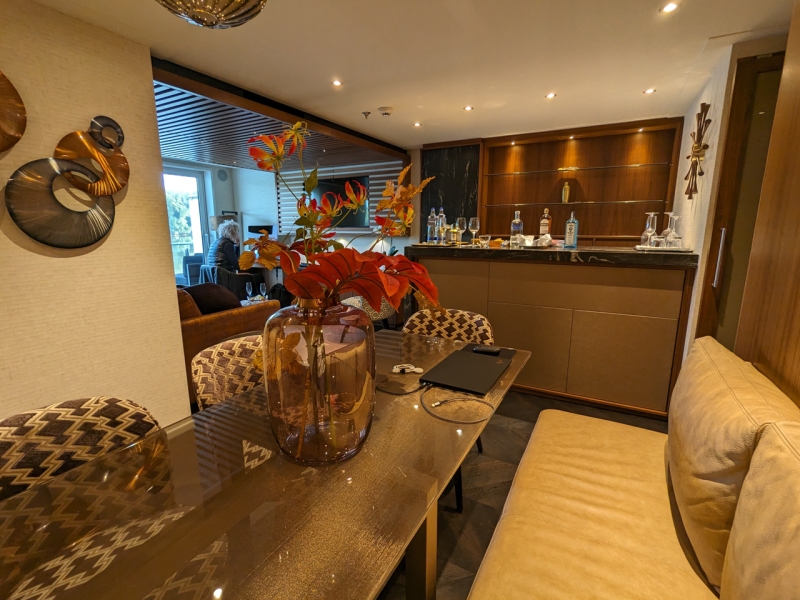
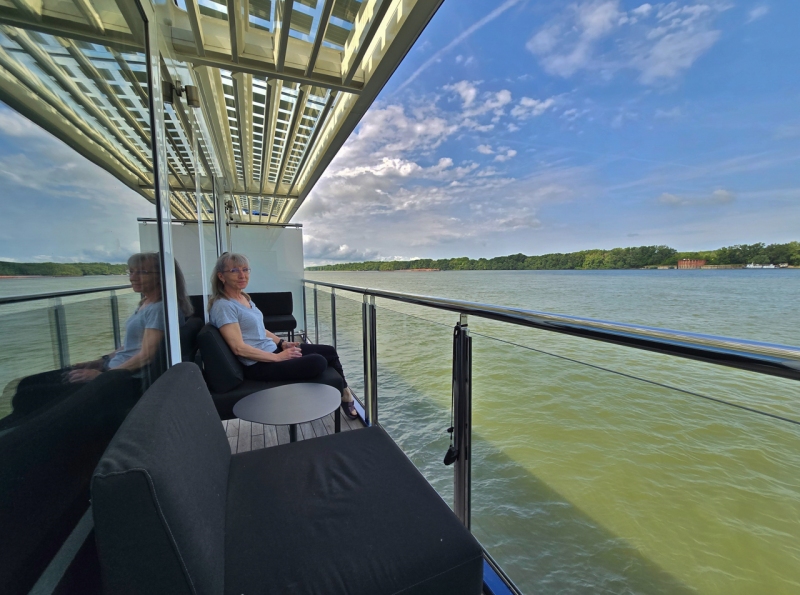

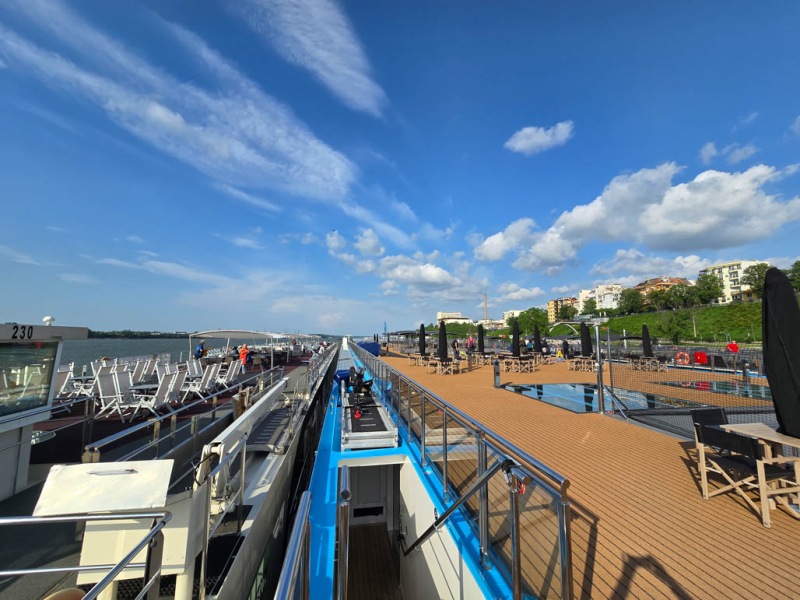
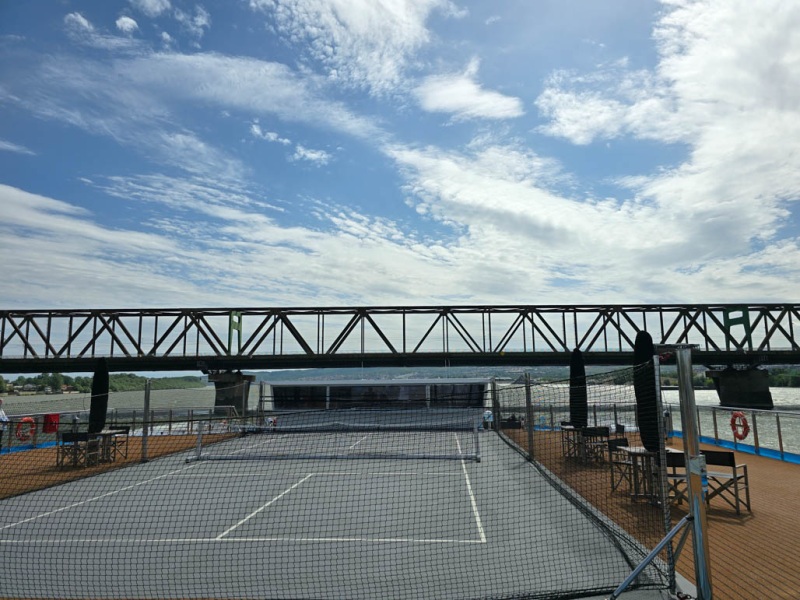
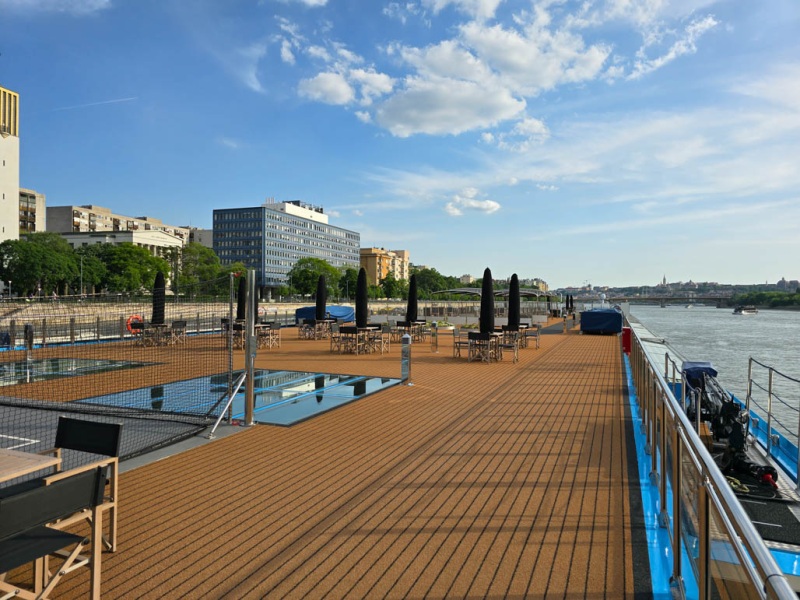
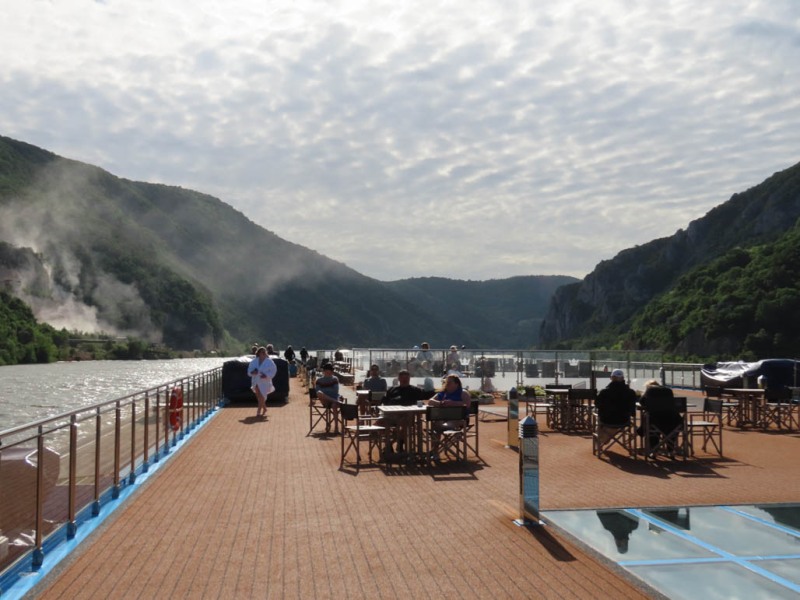
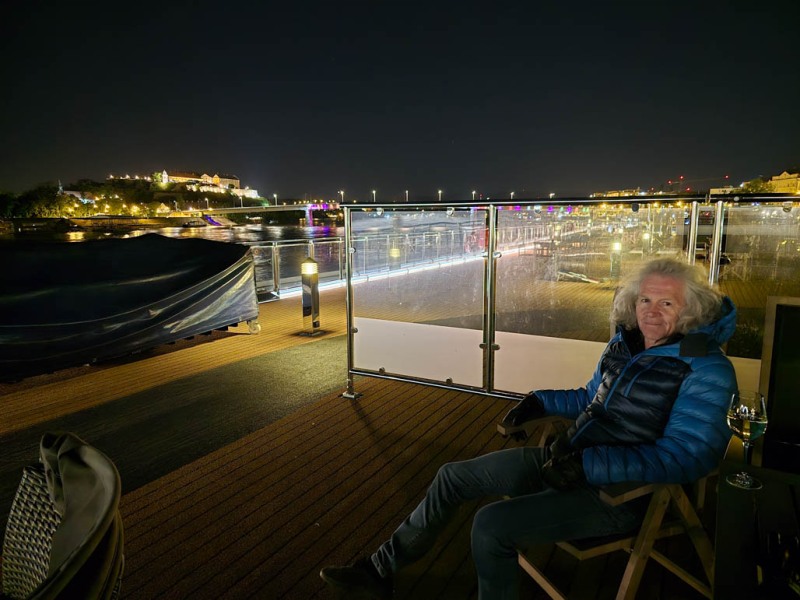
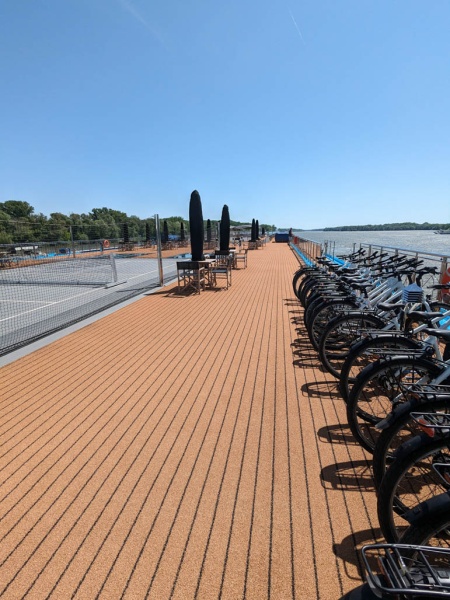
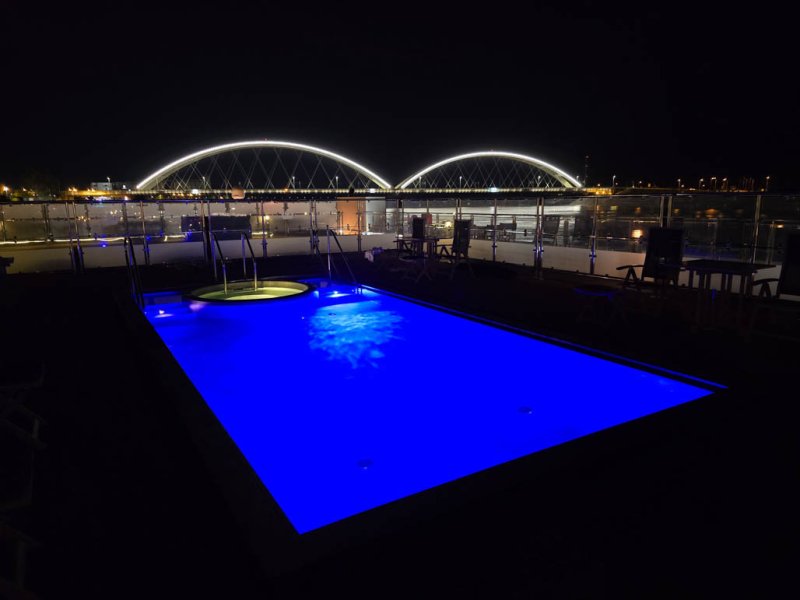
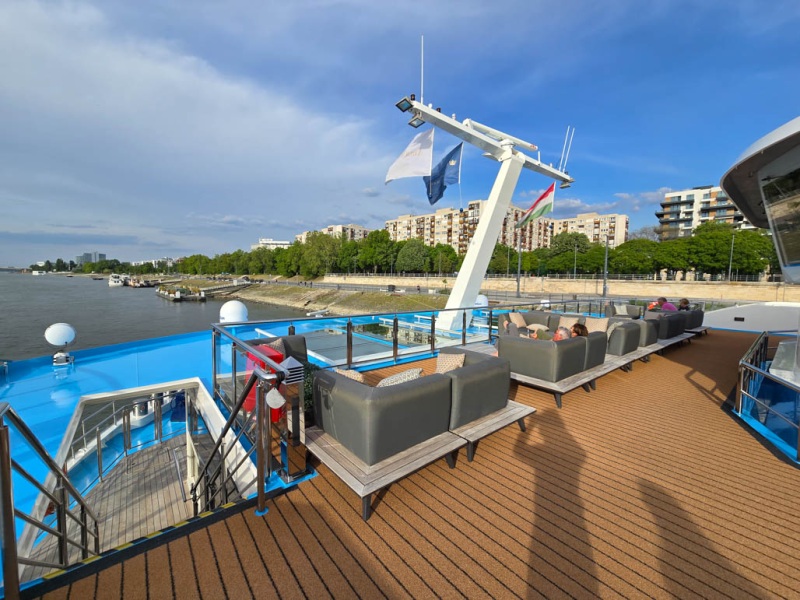
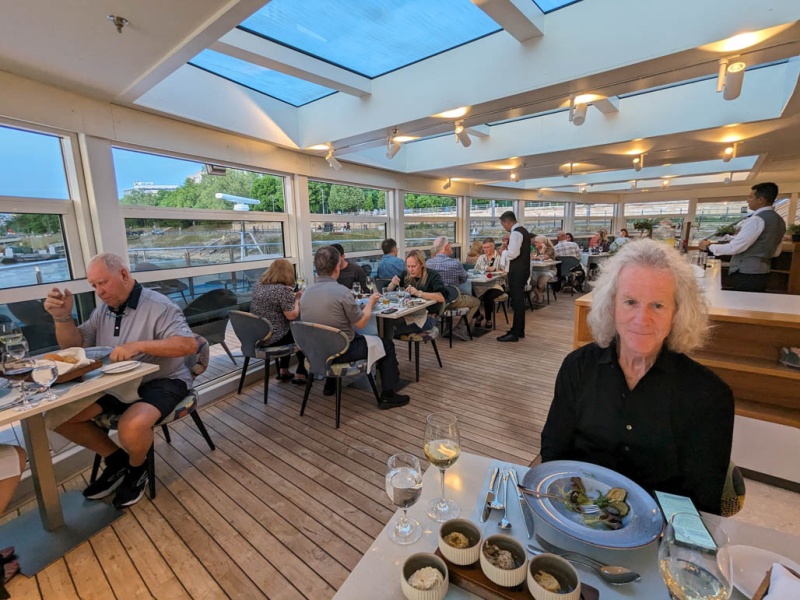

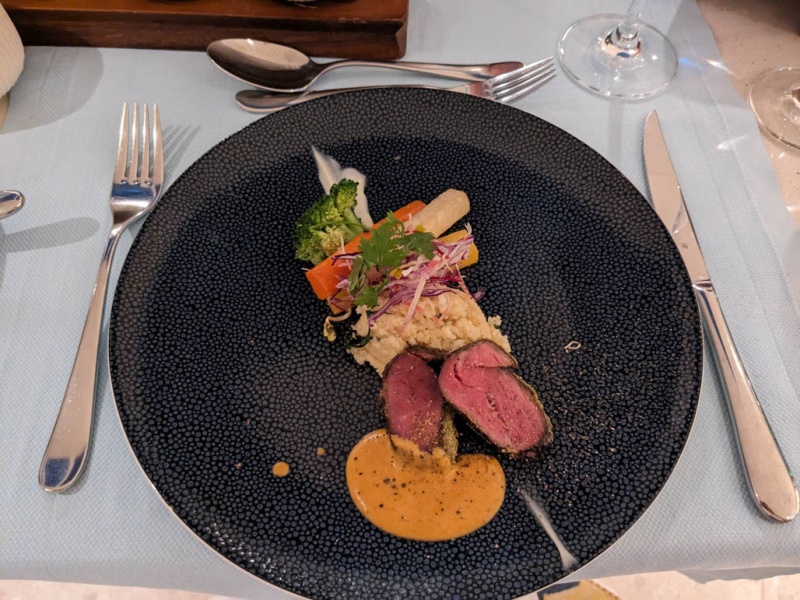
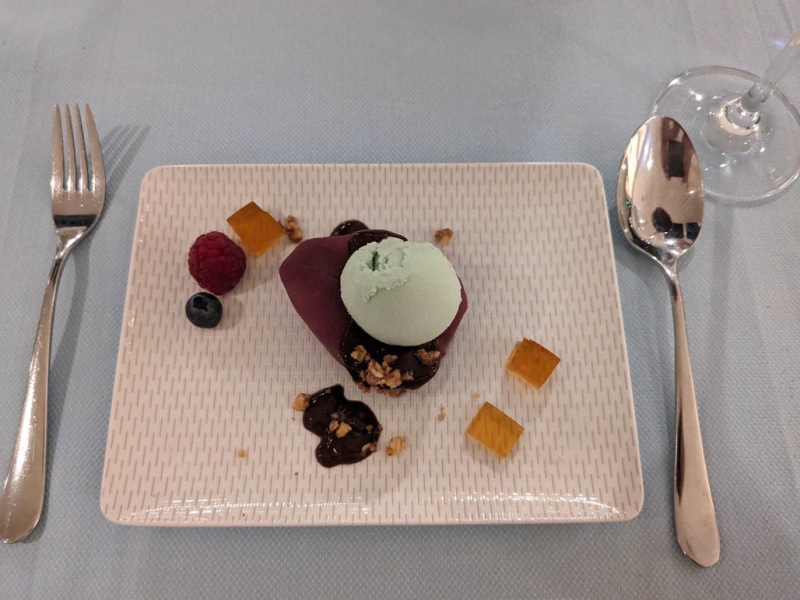
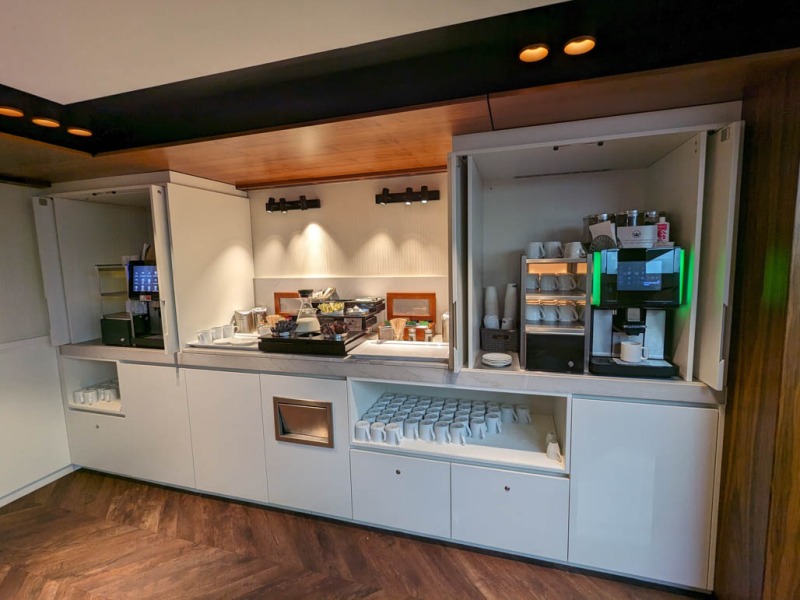
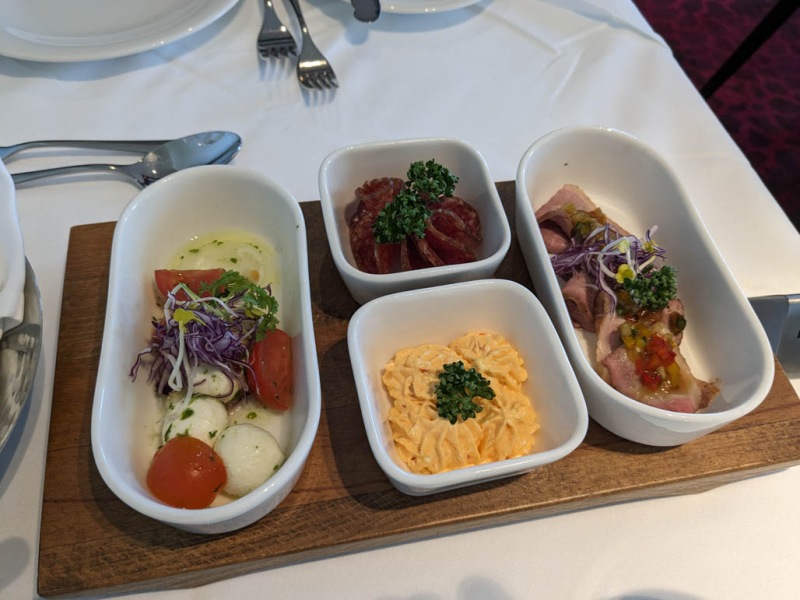
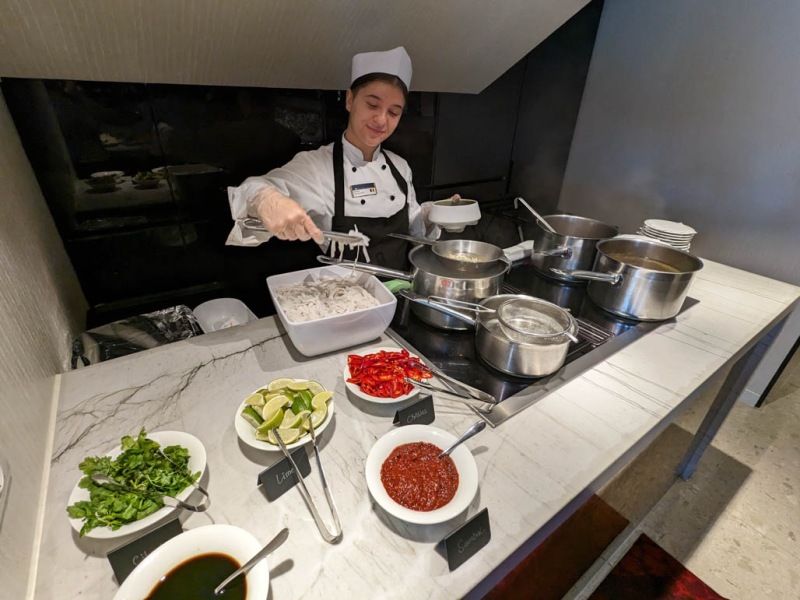
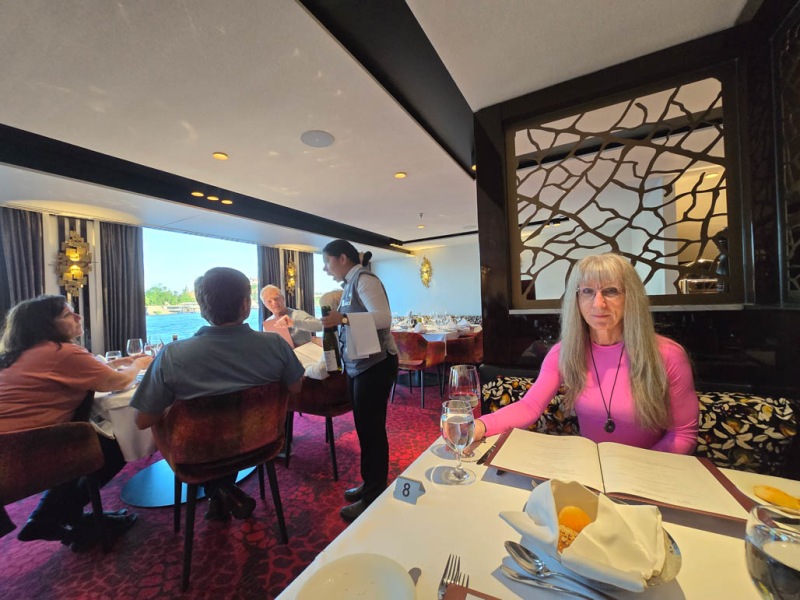
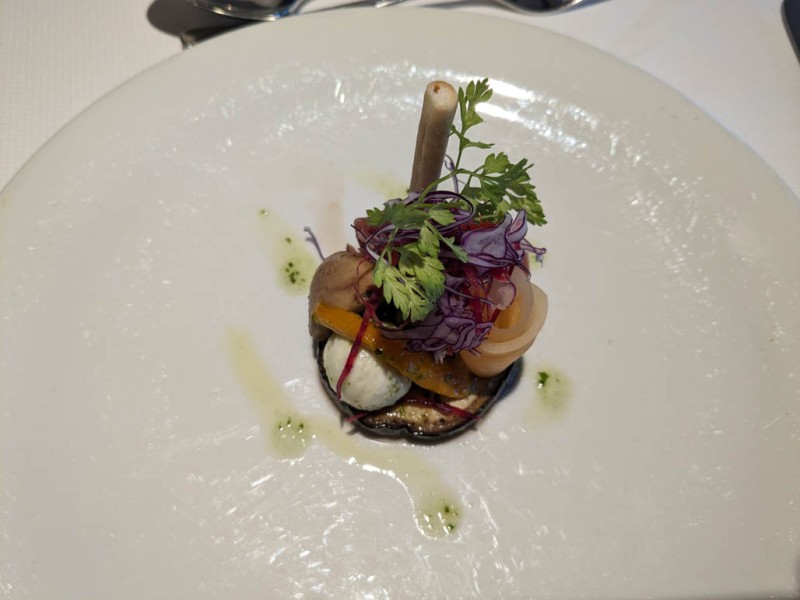
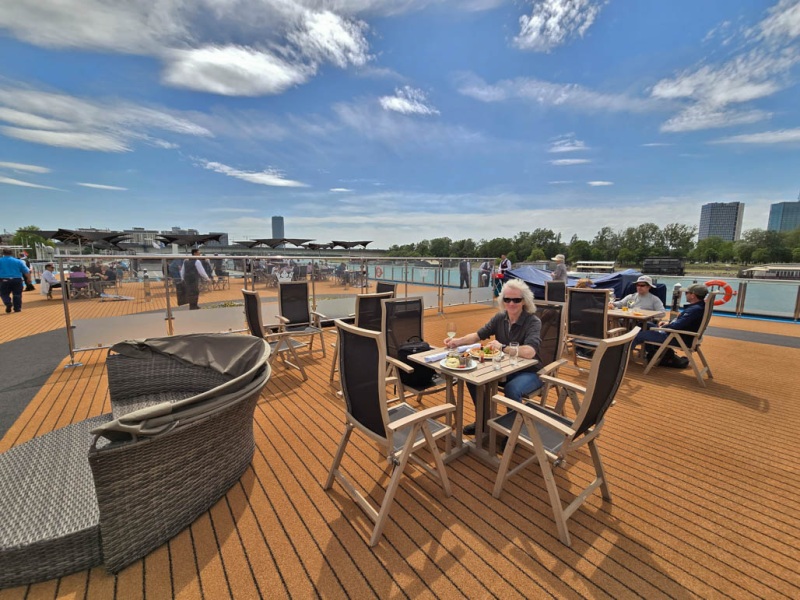
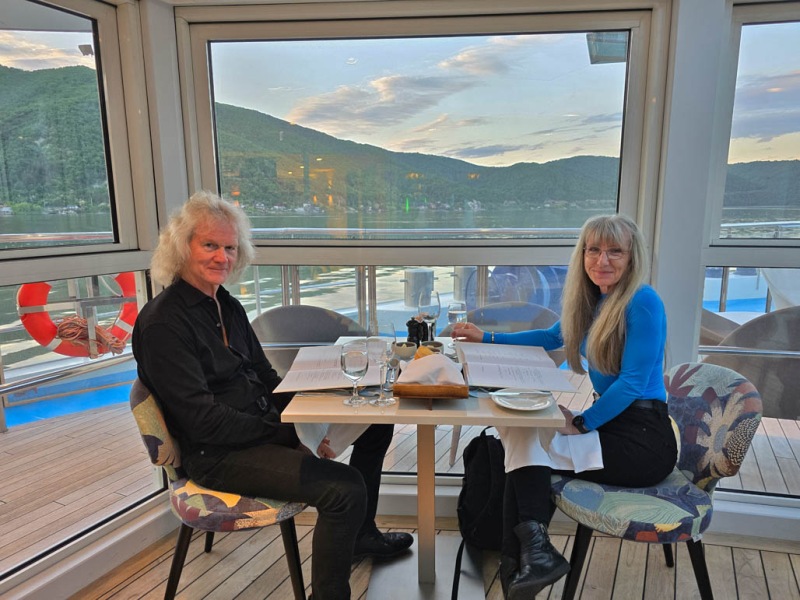

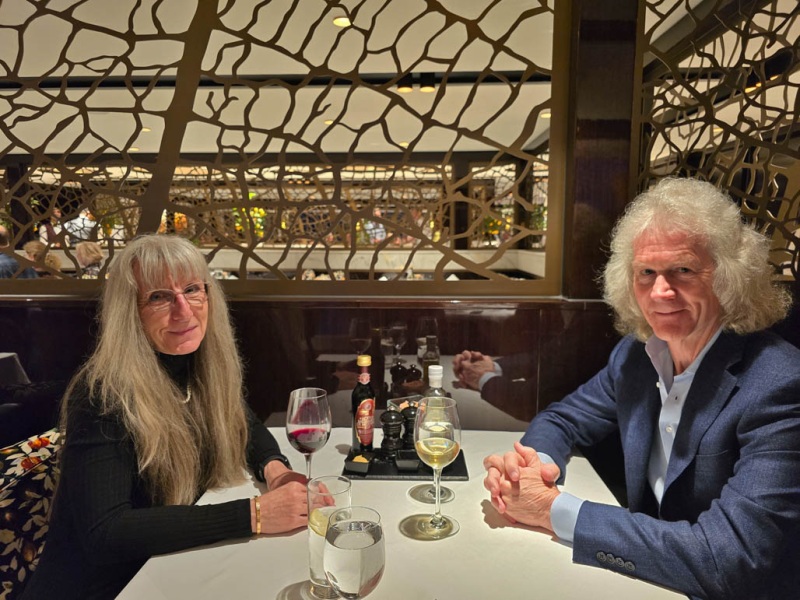

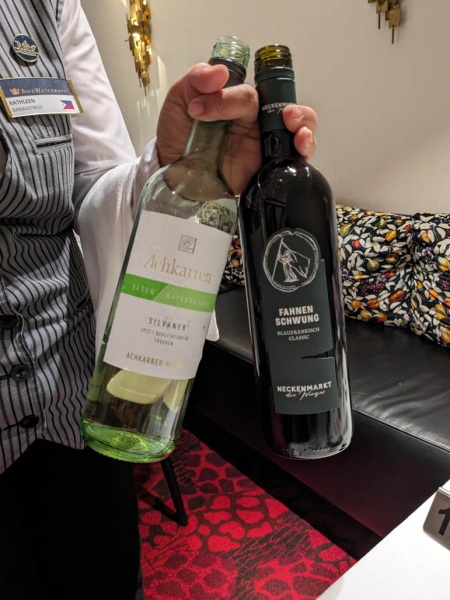
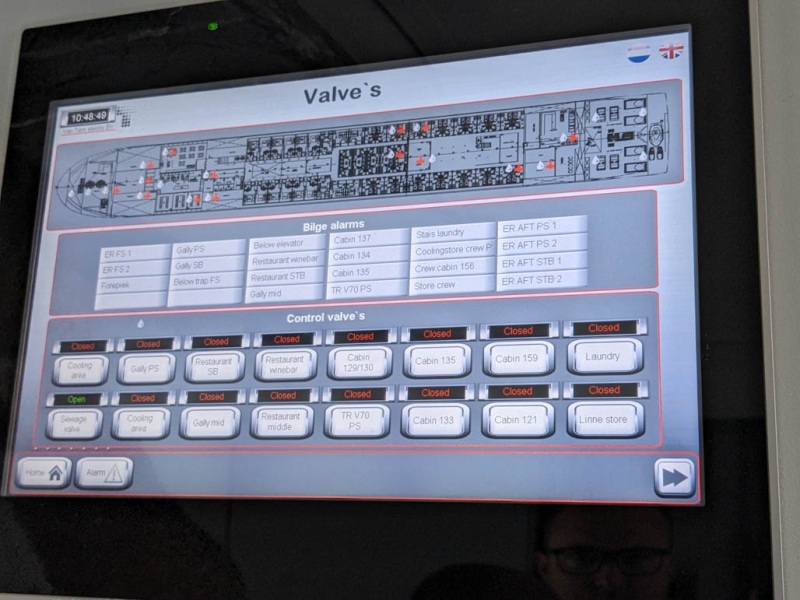
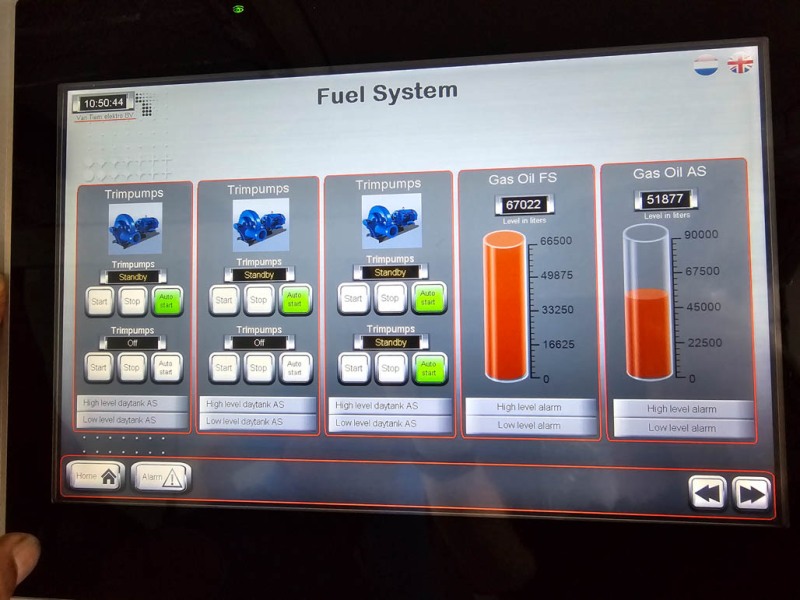
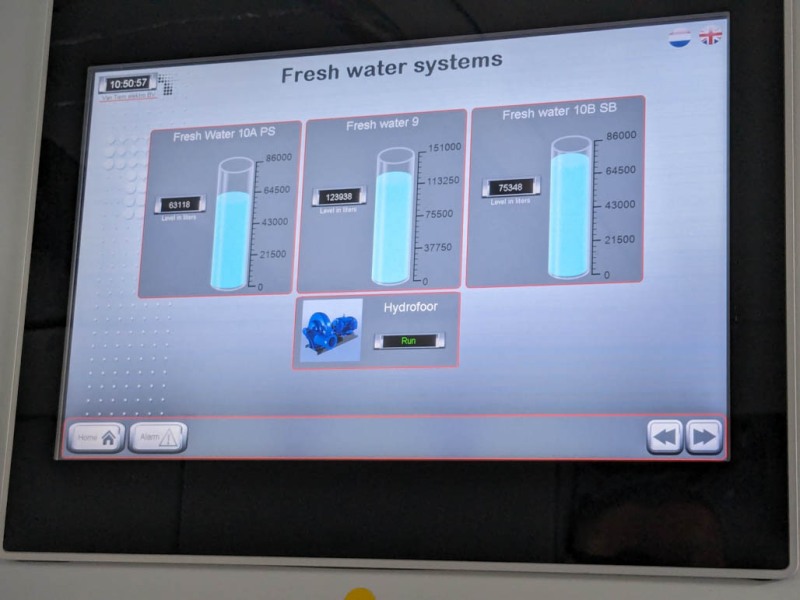
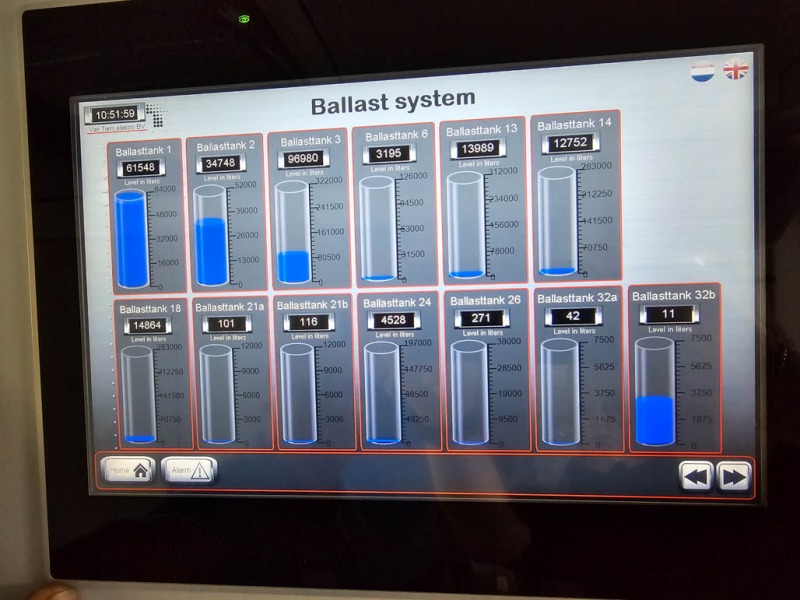
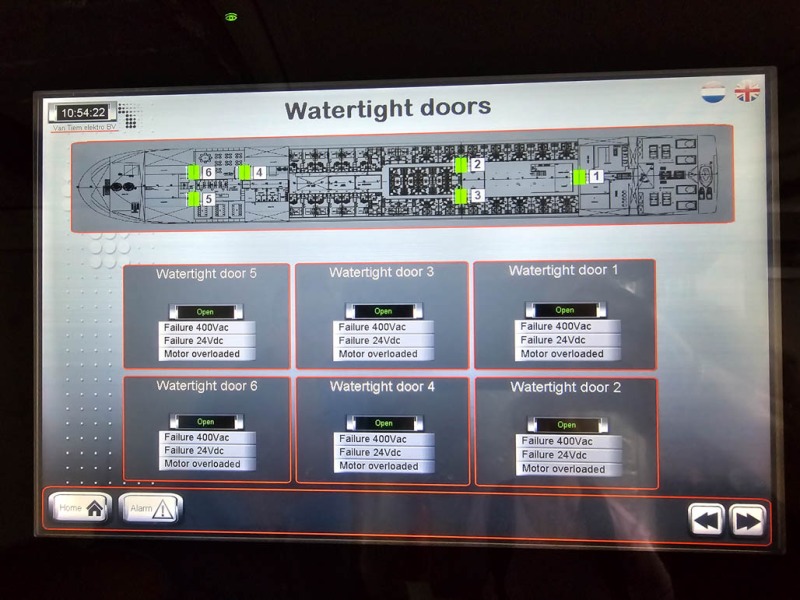
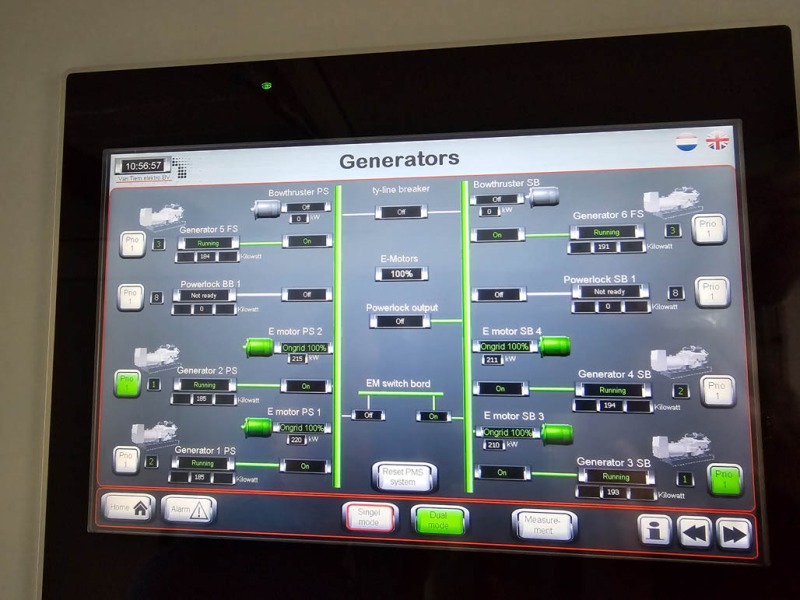
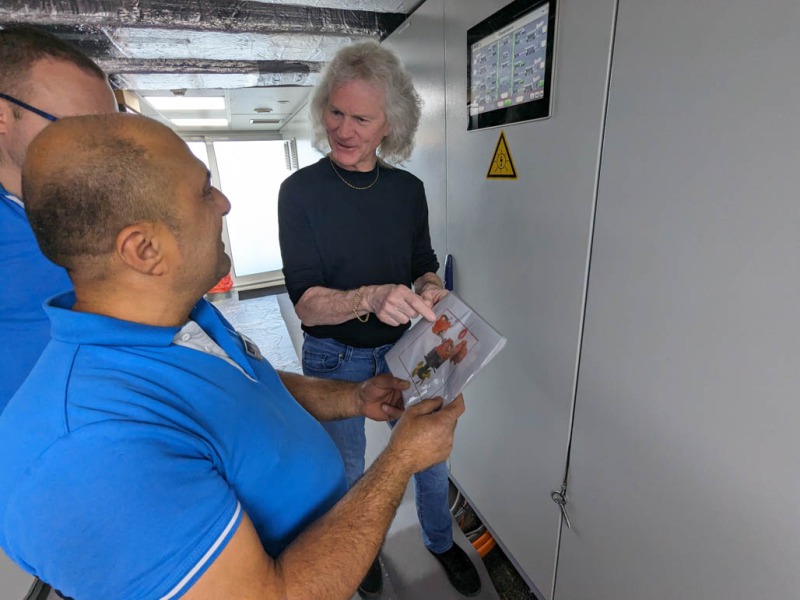
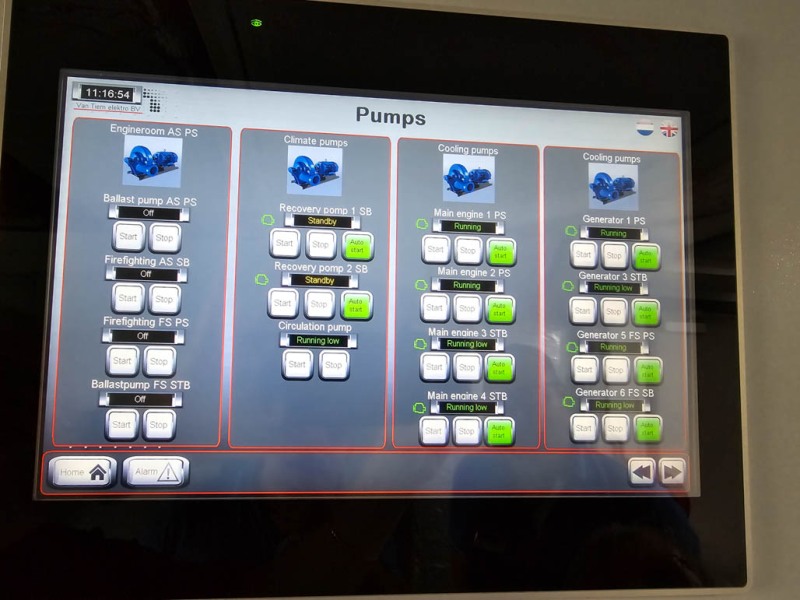
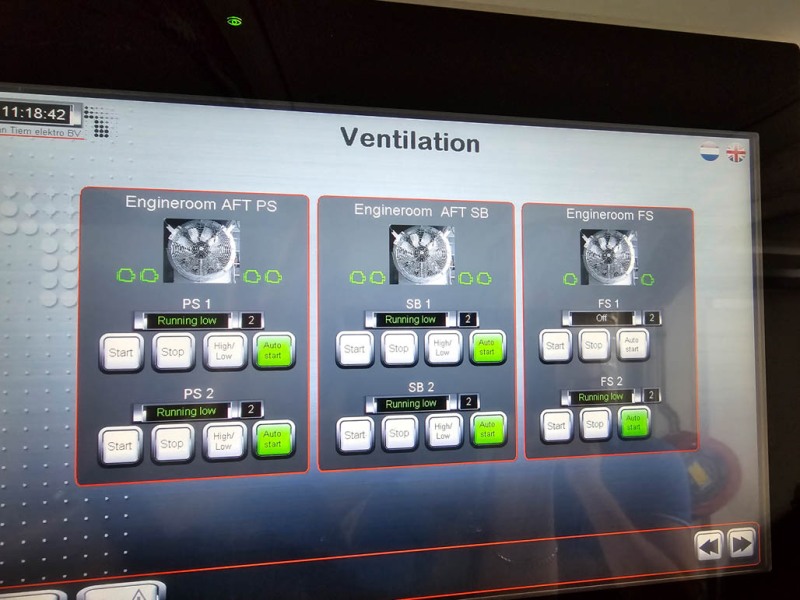
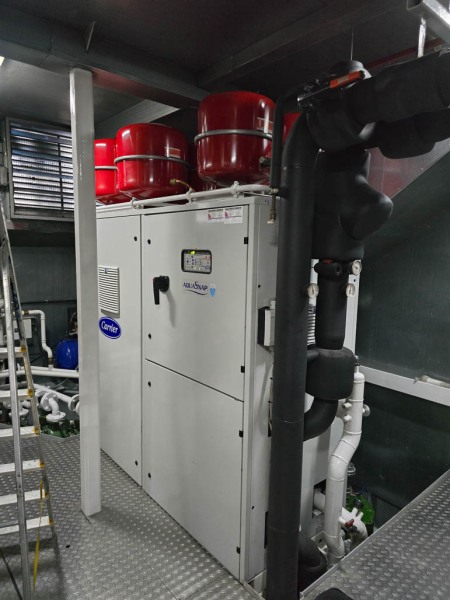
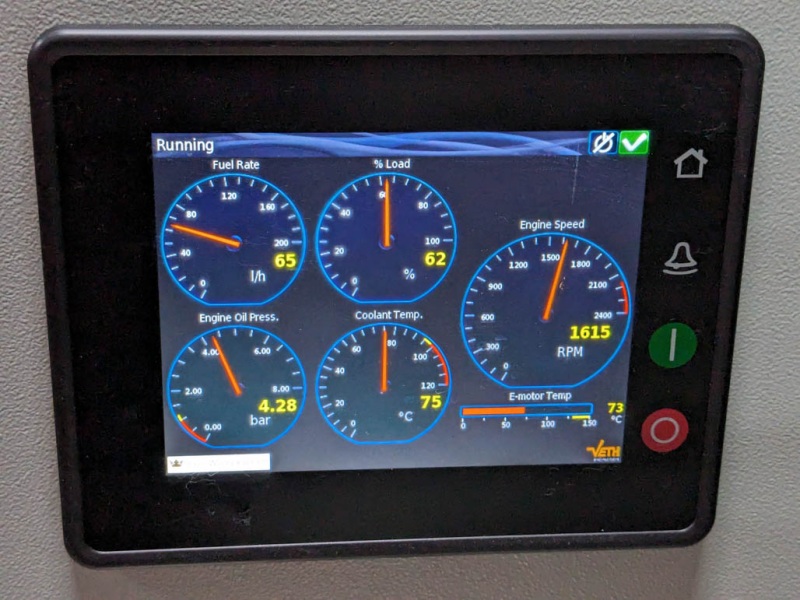
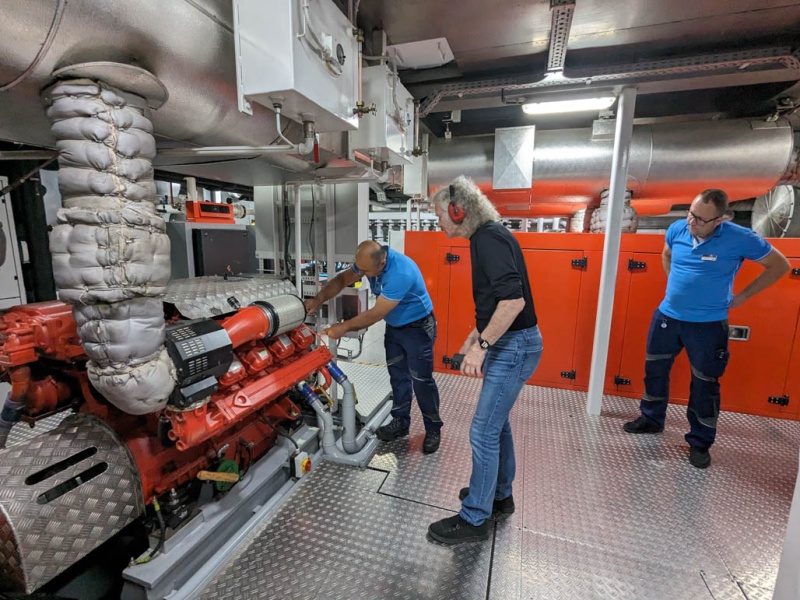
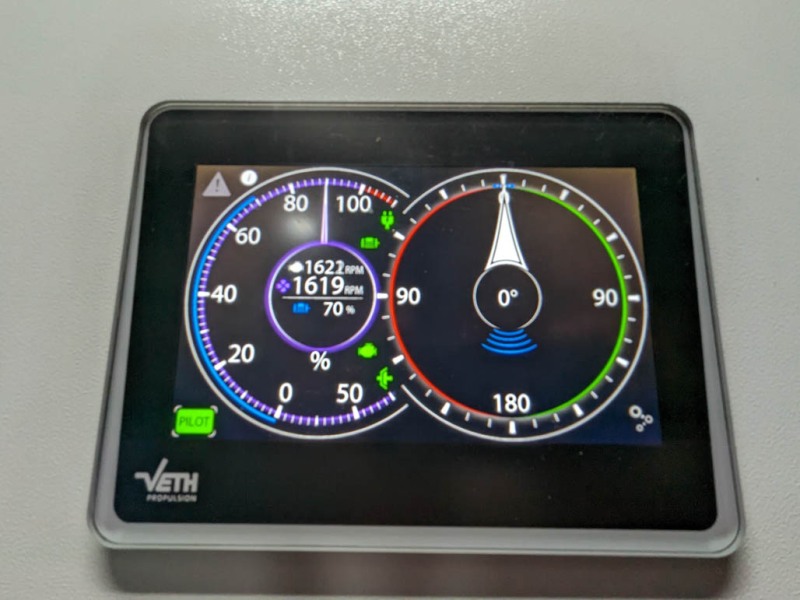
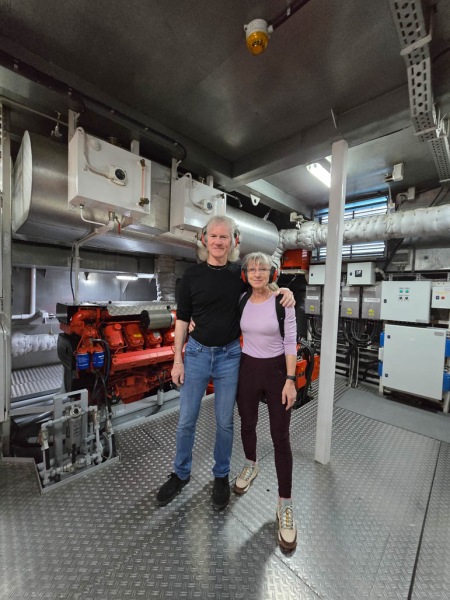
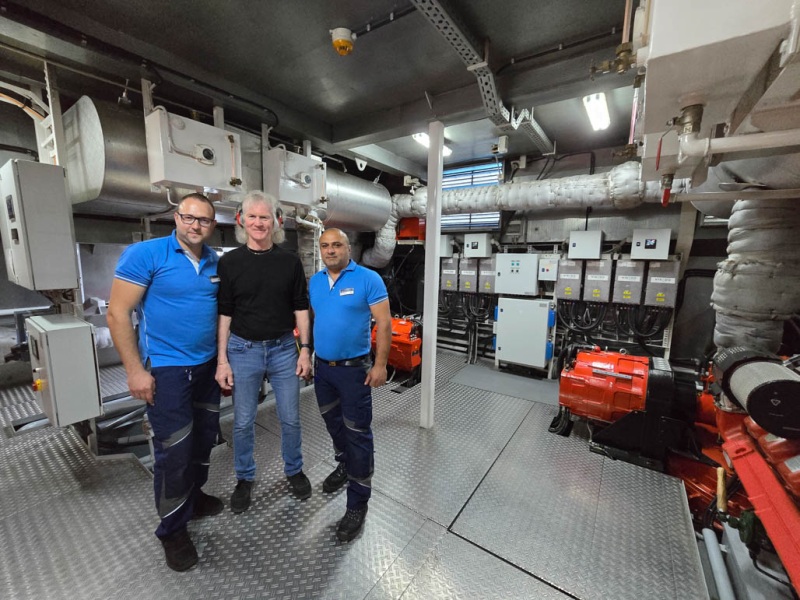
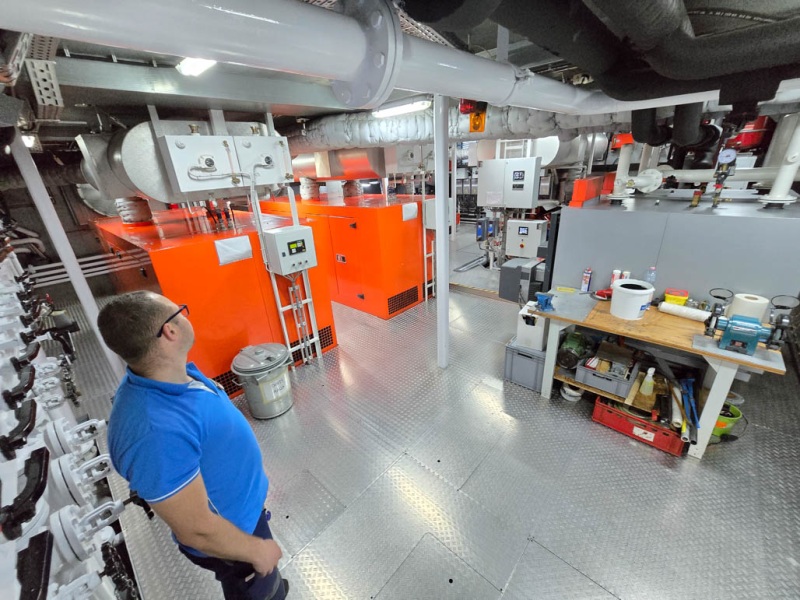
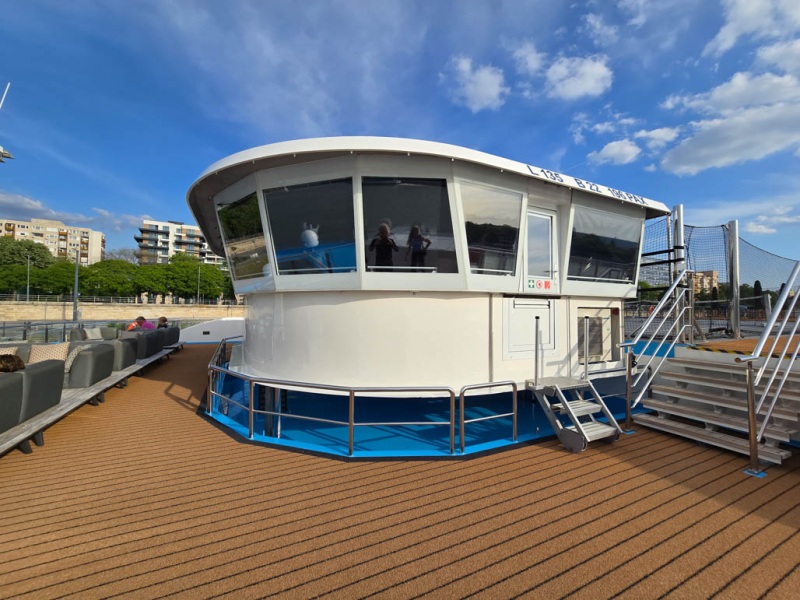
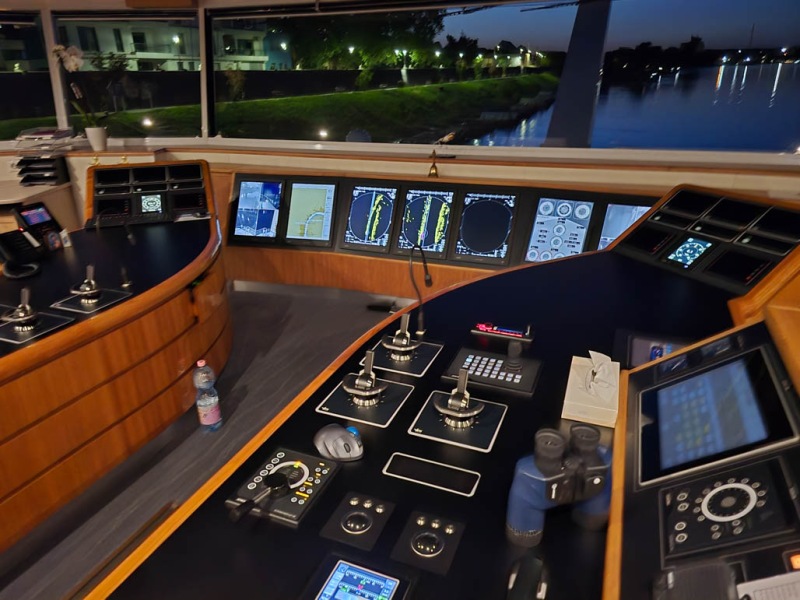
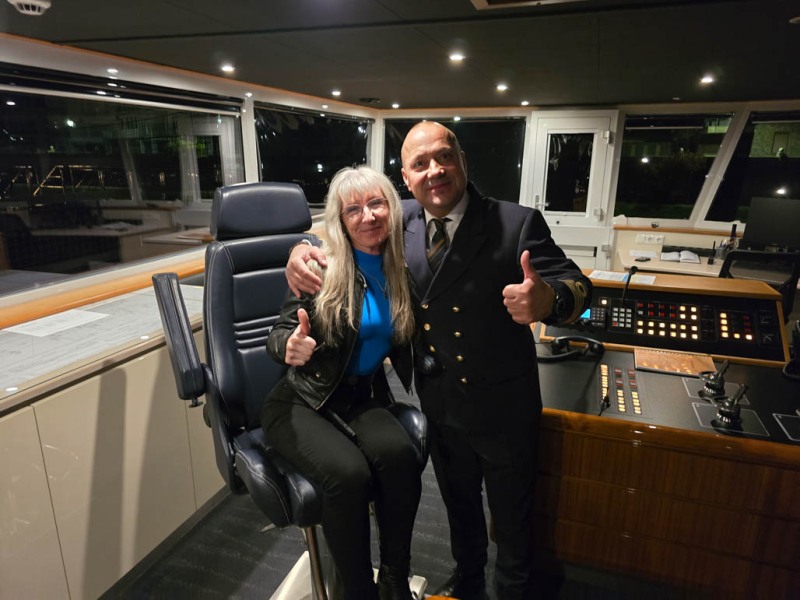
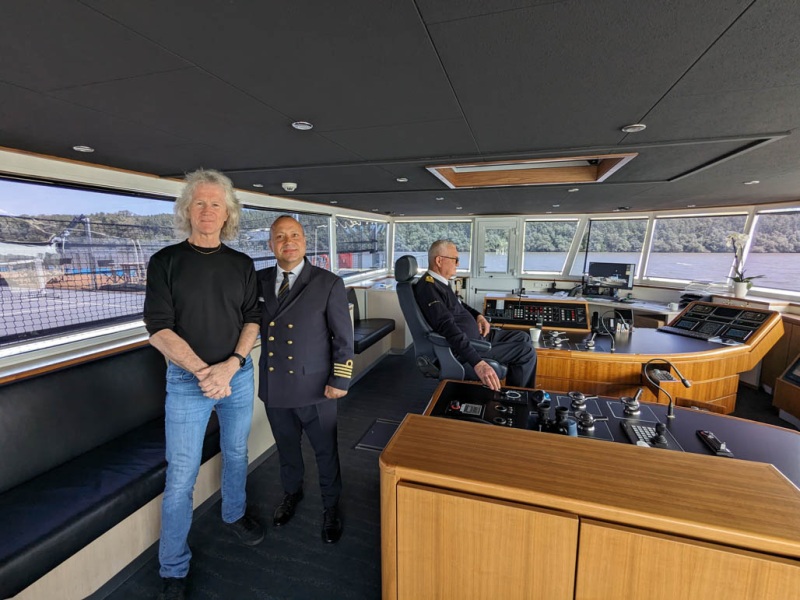
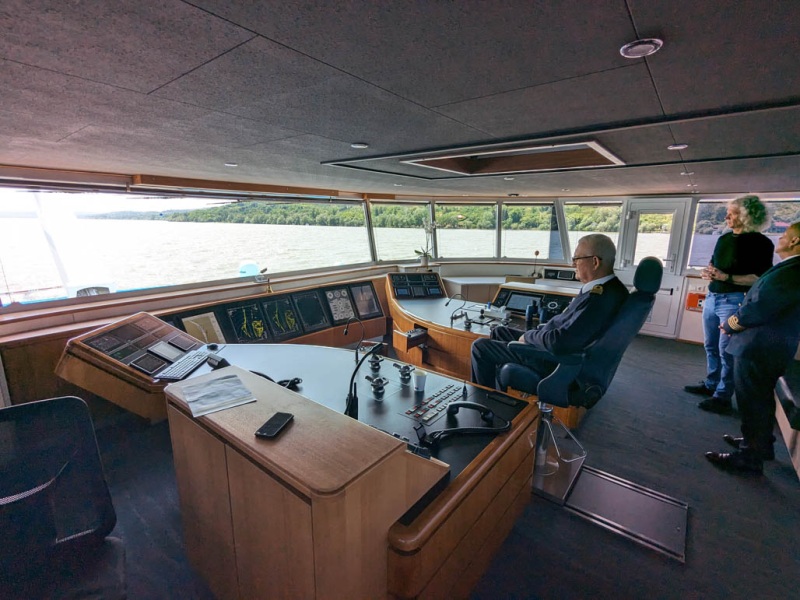
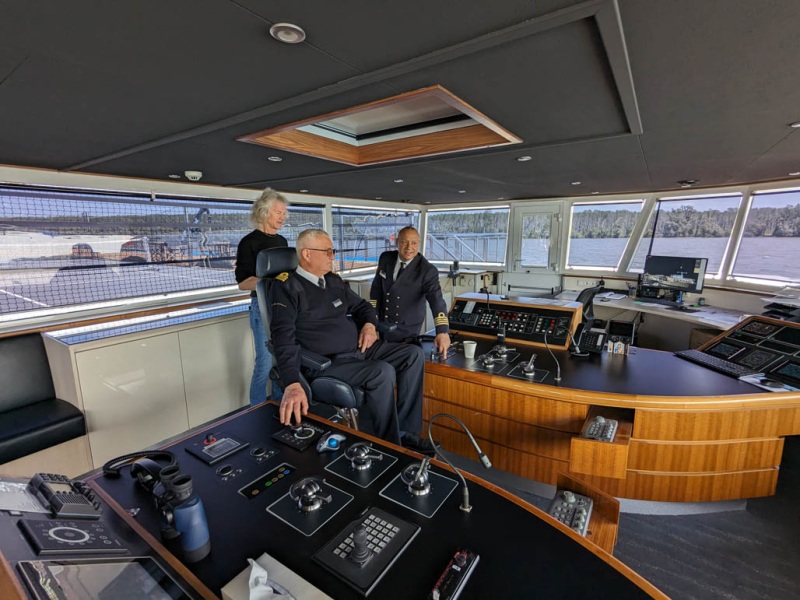
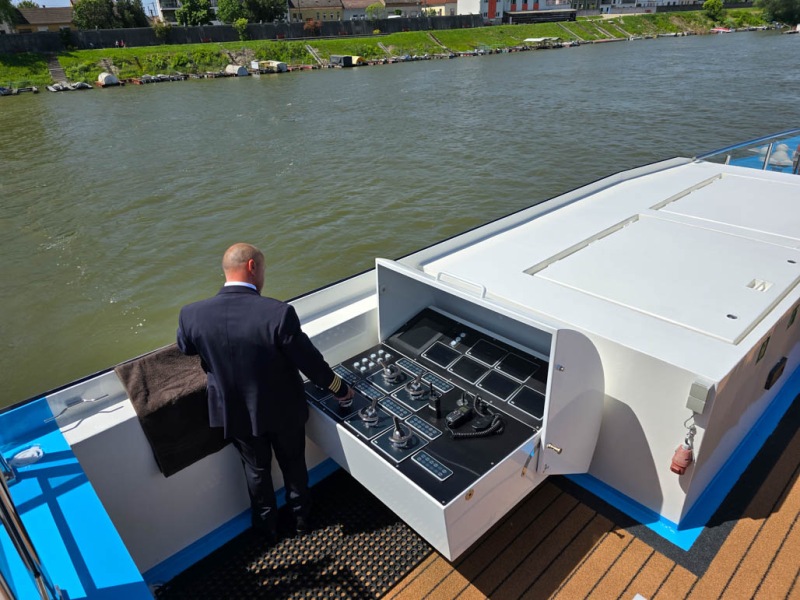
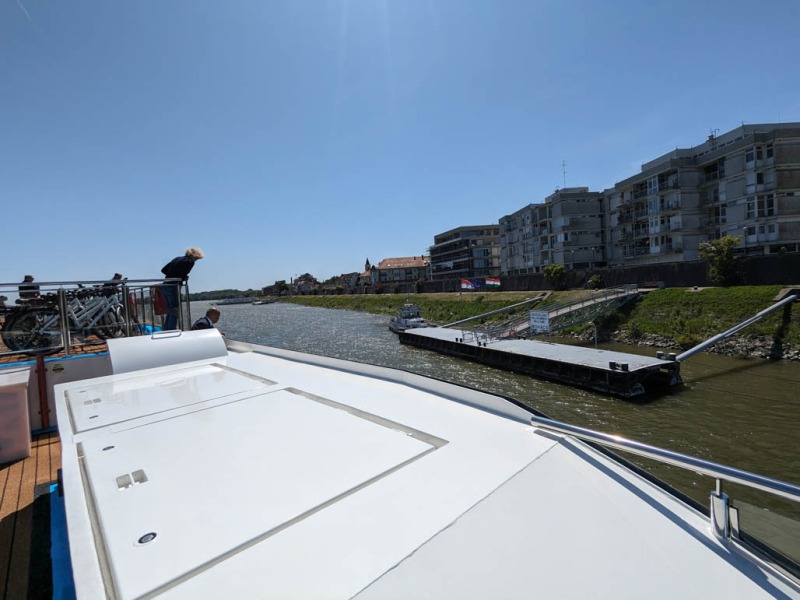
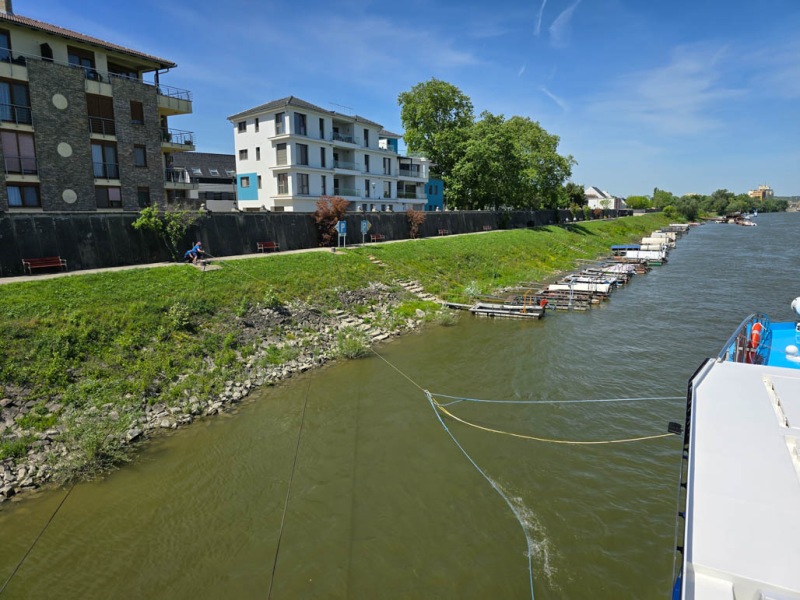
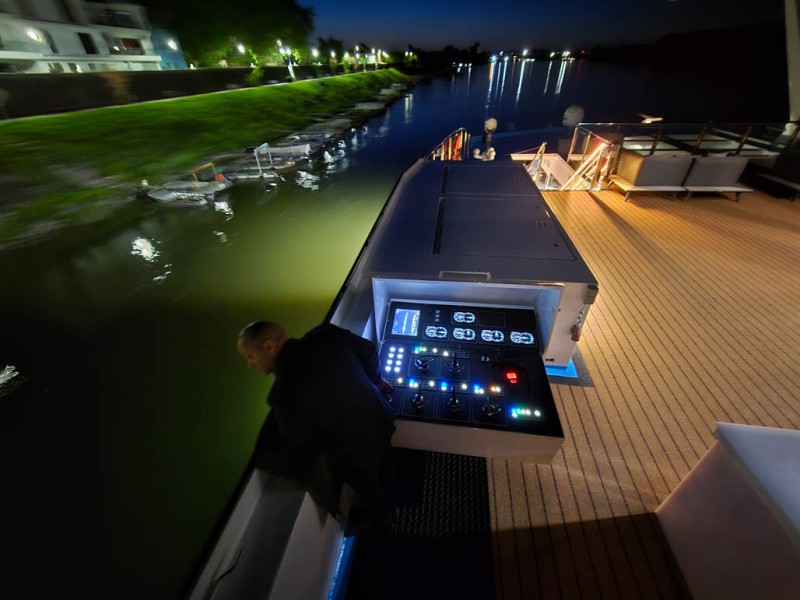
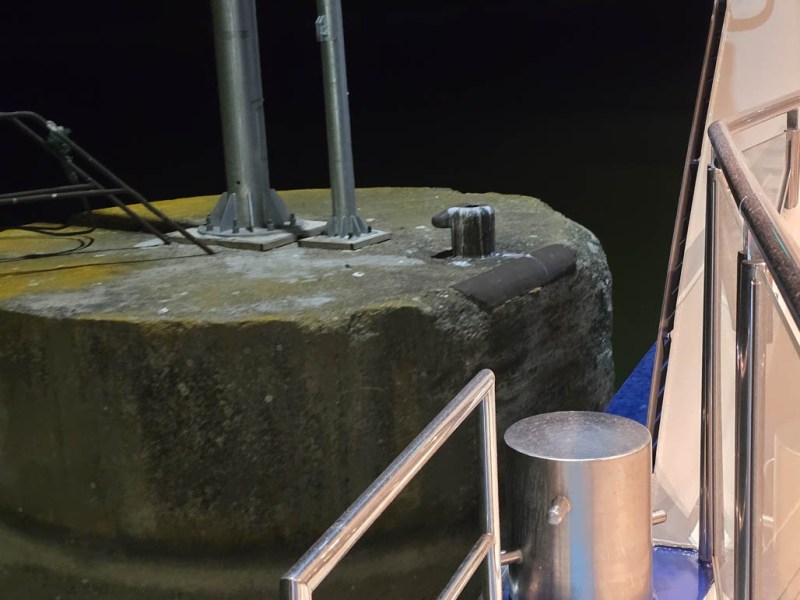
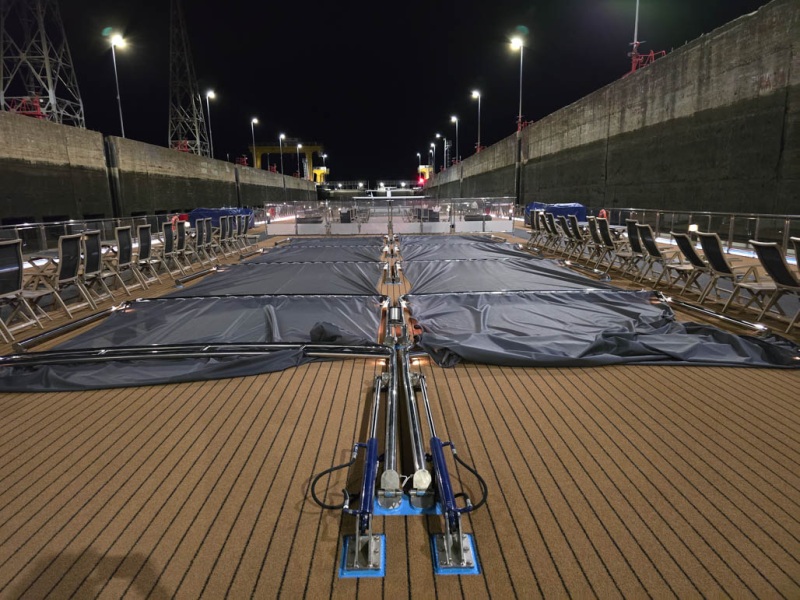
If your comment doesn't show up right away, send us email and we'll dredge it out of the spam filter.